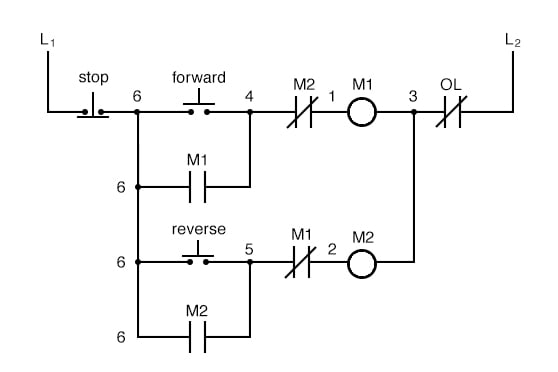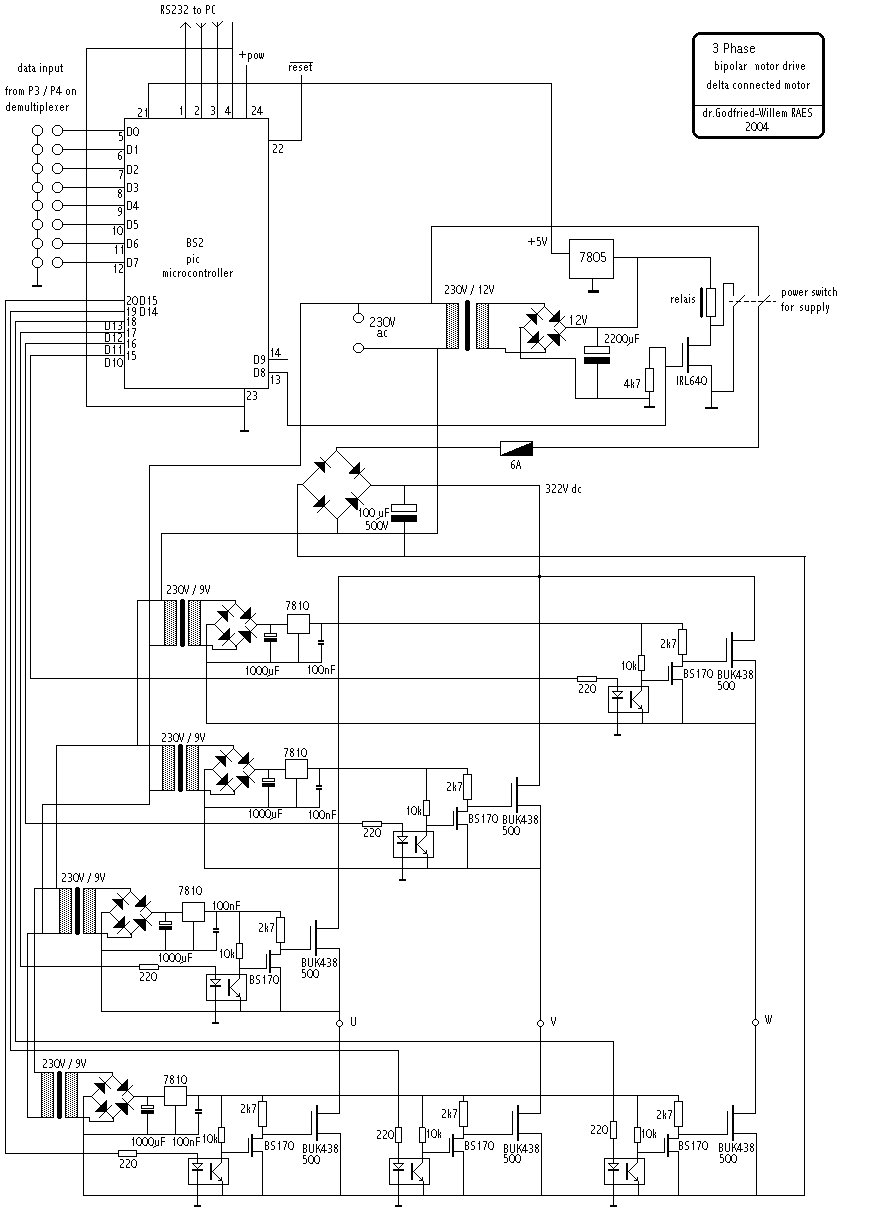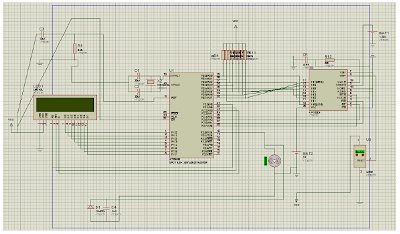


- MOTOR CONTROL CIRCUIT DESIGN SOFTWARE DRIVERS
- MOTOR CONTROL CIRCUIT DESIGN SOFTWARE DRIVER
- MOTOR CONTROL CIRCUIT DESIGN SOFTWARE SOFTWARE
The friction between the spindle and the CD is just not enough to firmly hold the CD to the spindle and rotate synchronously.
MOTOR CONTROL CIRCUIT DESIGN SOFTWARE DRIVER
If you watched through the first part of the video above, you can see that the CD is constantly slipping on the spindle – if the motor is driven in such a way that the driver IC is given each of the 36 steps that comprise one complete 360° revolution, it responds to each step very quickly and half the time just sits there at the step while the CD disk ontop is having a hard time catching up. Here is the Arduino Sketch for driving the BLDC with discrete steps: Arduino sketch for BLDC motors – discrete steps
MOTOR CONTROL CIRCUIT DESIGN SOFTWARE DRIVERS
The flip side of the three-level BLDC driver circuit is that it requires six MCU outputs.Īnother similarity of this circuit with bipolar stepper drivers is that it’s based on the same quad half-H bridge IC – SN754410 by Texas Instruments (SN754410 datasheet: SN754410 Quadruple Half-H Driver IC). If your application requires accurate speed control and your motor does not have Hall-effect sensors (many BLDC motors do), then this simplified circuit is not suitable for your application. However, this circuit was designed for a rather simple application where speed feedback is not required – the load is so light that the motor is guaranteed to complete the steps given to it and the rate that the controller sets up. Using three different levels – LOW, HIGH and OPEN could have enabled us to disable one of the windings on each of the steps, which results in more torque and also enables rotational speed feedback via measuring voltage induced on the disabled winding by the permanent magnet of the rotor. With three driver inputs it is possible to create only two levels at the ends of the windings: LOW and HIGH. Please note that this is a simplified circuit that only makes use of three MCU outputs.

The circuit diagram below is a concept that should work with any microprocessor (or a specialized driver IC) that is able to produce the correct commutation sequence: It is not much different from a bipolar stepper driver in that we need the be able to both source and sink current at all ends of the windings, except of course in this case there are only three ends whereas the bipolar stepper has four. Once you understand the commutation sequence for the particular design of the BLDC motor, the circuit design for the BLDC driver becomes pretty clear. Please see the first part for a bit of info on the theory behind the commutation sequence. This is a second installment in the series of posts related to Arduino and brushless DC motors.
MOTOR CONTROL CIRCUIT DESIGN SOFTWARE SOFTWARE
In this post I will describe the hardware and the software part of a project involving the use of BLDC (Brushless DC) motor salvaged from a broken XBox 360.


 0 kommentar(er)
0 kommentar(er)
